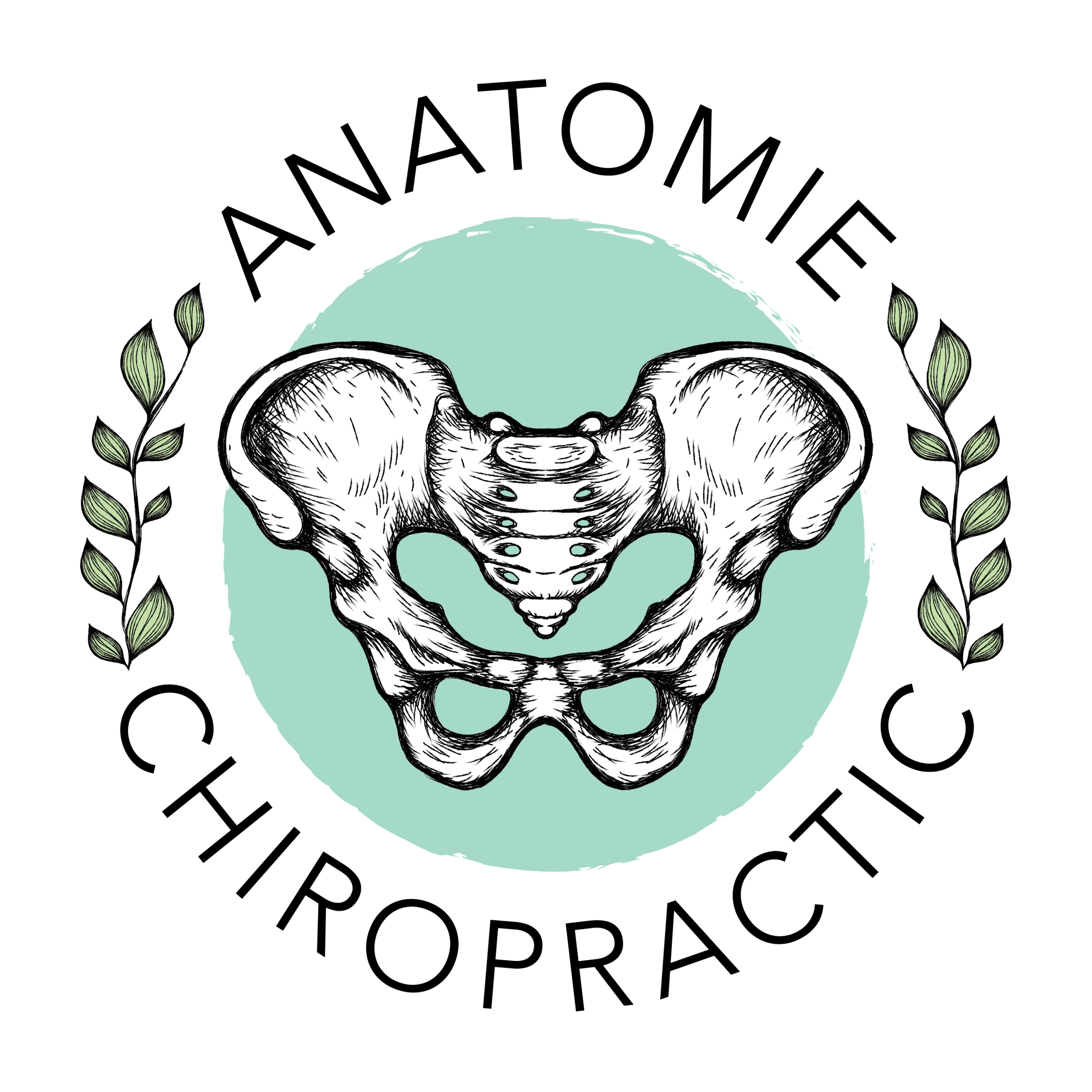Can someone explain what pelvic floor therapy actually is?
“Oh you should go to pelvic floor therapy!” How many times have you heard this from an eager ob/gyn, cashier at Trader Joe’s, or an Instagram post? Then they don’t tell you what pelvic floor therapy is or what it entails, and you are too polite (or scared) to ask.
Hello! My name is Sarah, and I am a pelvic floor chiropractor, specializing in treating the muscles, nerves and soft tissue “down there.” Yes, you have muscles down there, and when they are tight or uncoordinated, they can cause a lot of issues. I help people with pelvic pain, sexual dysfunction, incontinence, inflammatory conditions, people who are pregnant, postpartum, trying to conceive, even chronic constipation. Let me walk you through some (made up) examples of first and follow-up visits for different pelvic floor conditions.
37 years old, 9 months postpartum with incontinence that is affecting her workouts. She has started limiting liquids before her workouts so she doesn’t leak during double-unders or lifting.
We start by taking a health, athletic, career, and emotional history from childhood, seeing if there are any injuries, illnesses, or traumas that could be impacting the pelvis. We do a movement exam to look for imbalances or dysfunctional movement patterns. If there are workout videos, I want to see them! If the patient is comfortable, we will do an external exam of the hips, low back and pelvis to see if any muscles are spasmed or tight. If the patient is still comfortable, we do an internal pelvic floor muscle exam, using a gloved finger, a lot of lubrication, and even more enthusiastic consent from the patient. Internally we feel for muscle strength, muscle coordination, pain, tissue integrity, and look for any signs of prolapse. We might do some internal myofascial release, like a massage, to reduce any muscle tightness. Then the patient gets cleaned up, we go over the report of findings, and start working out 1-2x/week for 8-12 weeks with the goals of improving pelvic floor coordination, strengthening the hips, core and low back, and improving tolerance of the pelvic floor to sudden changes in pressure. If there are no obstacles to therapy, the patient should be able to workout without leaks in a few months!
25 years old, pelvic pain with sex. They have tried lubrication, different positions, and seen their ob/gyn without relief. We start by taking a health, athletic, career, and emotional history from childhood, seeing if there are any injuries, illnesses, or traumas that could be impacting the pelvis. We do a movement exam to look for imbalances or dysfunctional movement patterns. We talk about birth control history (sometimes birth control can lead to shrinkage or dryness of vaginal tissue). We look at their office set up, their car set up (they drive a lot for work), and walk through their sexual routine. If the patient is comfortable, we will do an external exam of the hips, low back and pelvis to see if any muscles are spasmed or tight. If the patient is still comfortable, we do an internal pelvic floor muscle exam, using a gloved finger, a lot of lubrication, and even more enthusiastic consent from the patient. Internally, we feel for muscle strength, muscle coordination, pain, tissue integrity, the whole time making sure there is no pain. We might do some internal myofascial release, like a massage, to reduce any muscle tightness in the pelvic floor. Then the patient gets cleaned up, we go over the report of findings, and start working out 1-2x/week for 8-12 weeks with the goals of improving pelvic floor coordination, strengthening the hips, core and low back, and improving tolerance of the pelvic floor to insertion, potentially using dilator therapy. We discuss including a sex therapist or some sex therapy books in their treatment plan. After a few months, the patient reports being able to have penetrative sex that was enjoyable for the first time in years.
45 year old athlete, low back pain that doesn’t respond to physical therapy or chiropractic, with no findings on x-rays or imaging. After taking his history, we discover that he’s been struggling with chronic constipation for decades. We continue taking a health, athletic, career, and emotional history from childhood, seeing if there are any injuries, illnesses, or traumas that could be impacting the pelvis. We do a movement exam to look for imbalances or dysfunctional movement patterns. We do a week of nutrition tracking and find that he doesn’t eat nearly enough carbs. If the patient is comfortable, we will do an external exam of the hips, low back and pelvis to see if any muscles are spasmed or tight. If the patient is still comfortable, we do an internal pelvic floor muscle exam, using a gloved finger, a lot of lubrication, and even more enthusiastic consent from the patient. Internally, we feel for muscle strength, muscle coordination, pain, tissue integrity. We might do some internal myofascial release, like a massage, to reduce any muscle tightness in the pelvic floor. Then the patient gets cleaned up, we go over the report of findings, and start working out 1-2x/week for 8-12 weeks with the goals of improving pelvic floor coordination, strengthening the hips, core and low back, and improving nutrition to encourage better bowel movements. After this time, not only is the patient’s tennis game improving, he doesn’t have low back pain anymore.
There are so many ways pelvic floor dysfunction can present. If you think that your pelvic floor is affecting your incontinence, pelvic pain, low back or hip pain, tailbone pain, constipation, endometriosis, IBS or if you just want to get a pelvic floor check-up, send us a message or book online at anatomie.janeapp.com.


